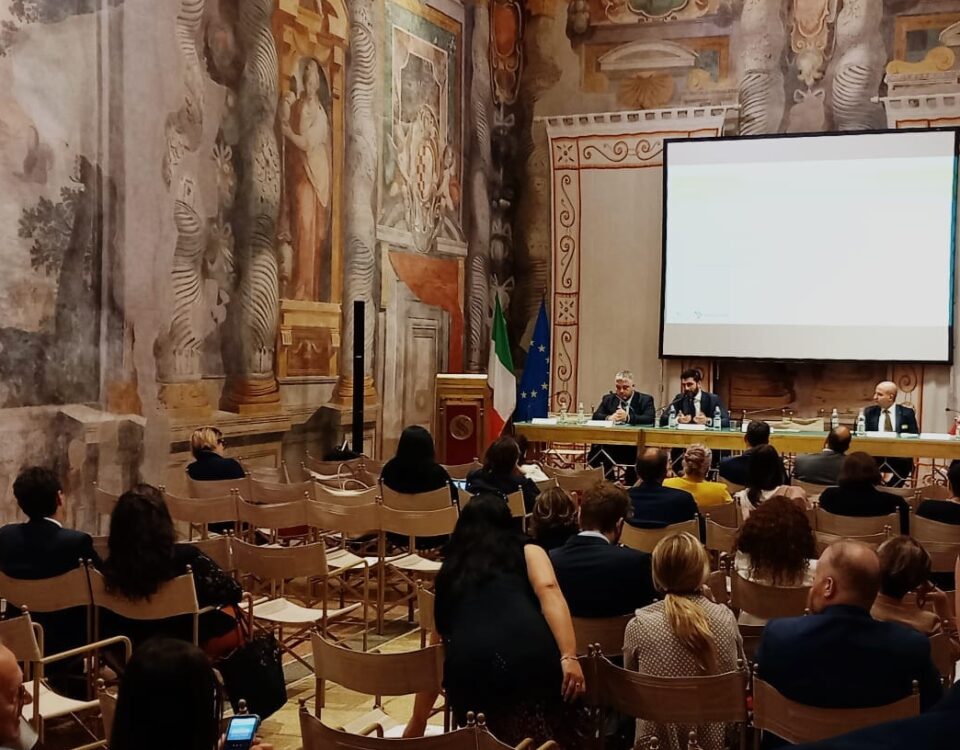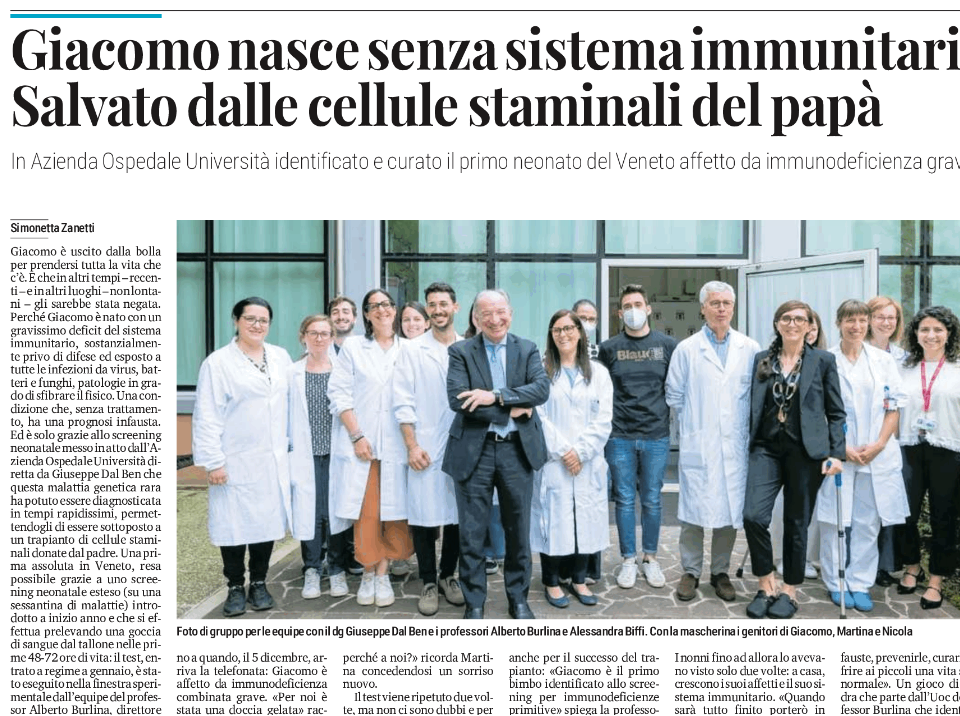Prorogata al 1° aprile l’entrata in vigore della nuova ricetta
1 Febbraio 2005Ricerca: Da Mipaf 3 Mln a Telethon Per Nuove Terapie Geniche
3 Febbraio 2005Marrow Has Cells Like Stem Cells, Tests Show
“By Rick Weiss
Washington Post Staff Writer
Wednesday, February 2, 2005, Page A03
But not all scientists are convinced the cells are as versatile as they appear to be.
Tufts University researchers used specialized cell-sorting machines to pluck the peculiar cells from samples of bone marrow obtained from three different donors. Tests suggested the cells are capable of morphing into many, and perhaps all, of the various kinds of cells that make up the human body. That is a hallmark of embryonic stem cells, which doctors hope to use to cure a wide variety of diseases but which have stirred controversy because human embryos must be destroyed to obtain them.
When a batch of the newly identified marrow cells were injected into the hearts of rats that had experienced heart attacks, some of the cells turned into new heart muscle while others became new blood vessels to support the ailing hearts. Treated rats ended up with more than twice as many small vessels feeding their hearts than those given a dummy treatment. They also ended up with less scar tissue, which can interfere with cardiac function.
Previous experiments have shown that mixtures of human bone marrow cells can help rebuild both hearts and blood vessels. But the new report appears to be the first to show that both of those repairs can be accomplished by a single type of cell.
Additional experiments in laboratory dishes showed that the new marrow cells can also become nerve-like cells. Taken together, the findings suggest that these adult stem cells are, like embryo cells, able to rebuild the full spectrum of cells and tissues, depending on what is needed most.
“I think embryonic stem cells are going to fade in the rearview mirror of adult stem cells,” said Douglas W. Losordo, the Tufts cardiologist who led the effort described in the February issue of the Journal of Clinical Investigation. Bone marrow, he said, “is like a repair kit. Nature provided us with these tools to repair organ damage.”
Several stem cell scientists said they were impressed.
“This is a really very nice piece of work,” said James F. Battey, who heads the stem cell program at the National Institutes of Health. “It’s very impressive, very interesting and I think very significant.”
But Battey and several other scientists said it is too soon to abandon embryonic cells: “It still remains the case that we’re very early in the game, and I can’t say the [new] results are absolutely airtight. At the NIH, we’d like to see this type of stem cell and other bone marrow stem cells and research on human embryonic stem cells move forward.”
The new work builds on a growing body of evidence that adult bone marrow contains cells that — even if not as versatile as embryonic cells — can at least speed the repair of injured hearts and vessels. That is a tantalizing finding, given the huge toll of heart disease. About 300 patients have been treated experimentally with various mixtures of cells from bone marrow, and many showed evidence of improved heart muscle vitality.
More controversial have been claims that bone marrow contains cells that, individually, have the capacity to turn into any kind of tissue in need of repair — a trait that embryonic stem cells possess.
The most convincing case that such cells exist has come from University of Minnesota biologist Catherine M. Verfaillie. For several years now, she has been studying a kind of marrow cell that is very rare and difficult to cultivate in the laboratory. Her work has suggested the cells have all the potential of embryonic stem cells and even have an advantage: They seem incapable of growing into tumors, as embryonic cells occasionally do.
But other scientists have been unable to confirm Verfaillie’s findings. And even she has conceded that her cells may be too rare and finicky to be of practical value.
In an interview, Verfaillie said she is not sure from the latest report that Losordo’s cells are different from hers. “In a lot of respects, these cells ‘smell’ very much like the cells we’ve described in the past,” she said.
If nothing else, Losordo said, his are a lot easier to grow.
“We’ve got freezers full of these things now,” he said.
John D. Gearhart, a stem cell scientist at Johns Hopkins Medical Institutions in Baltimore, said the new work provides “some of the strongest evidence to date” that marrow may contain cells with the same capacities as embryonic stem cells. But he noted that similar claims had ultimately proved to be incorrect in the past.
In some cases, dyes used to track the fate of certain cells leaked into other cells, creating a false impression that one had turned into the other. In other cases, marrow cells fused with heart cells, again creating the misimpression that the former had literally transformed into the latter.
“I think we need to be a little circumspect about our conclusions here,” Gearhart said. “The contention that we have no need for embryonic stem cells is a very premature statement.”
“




